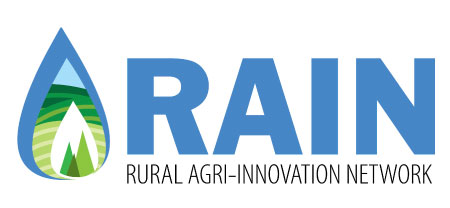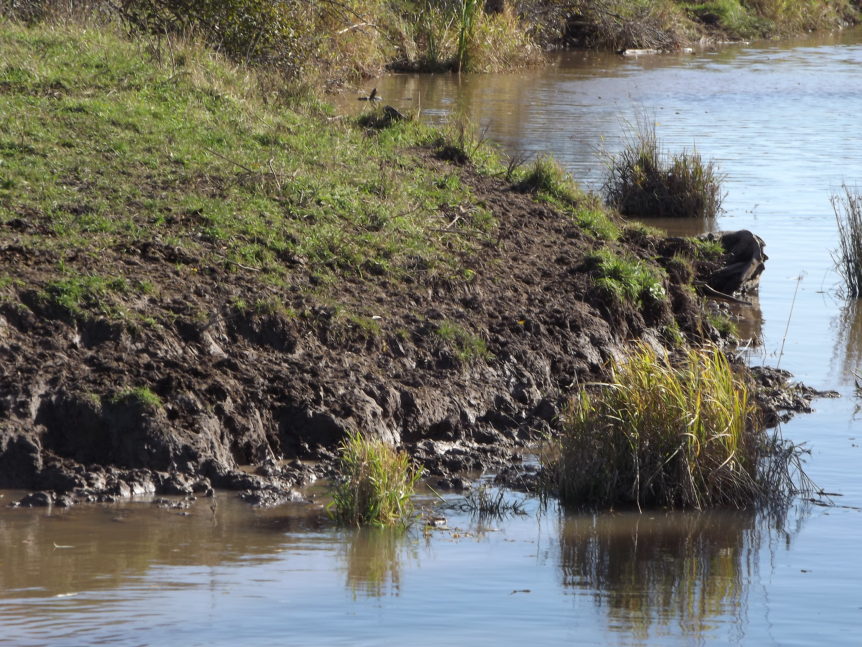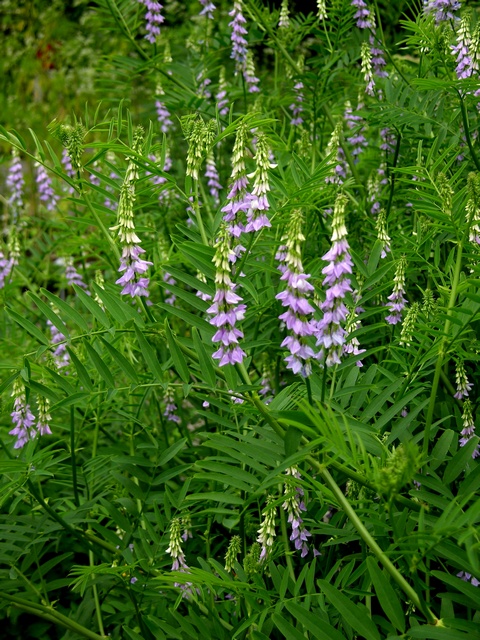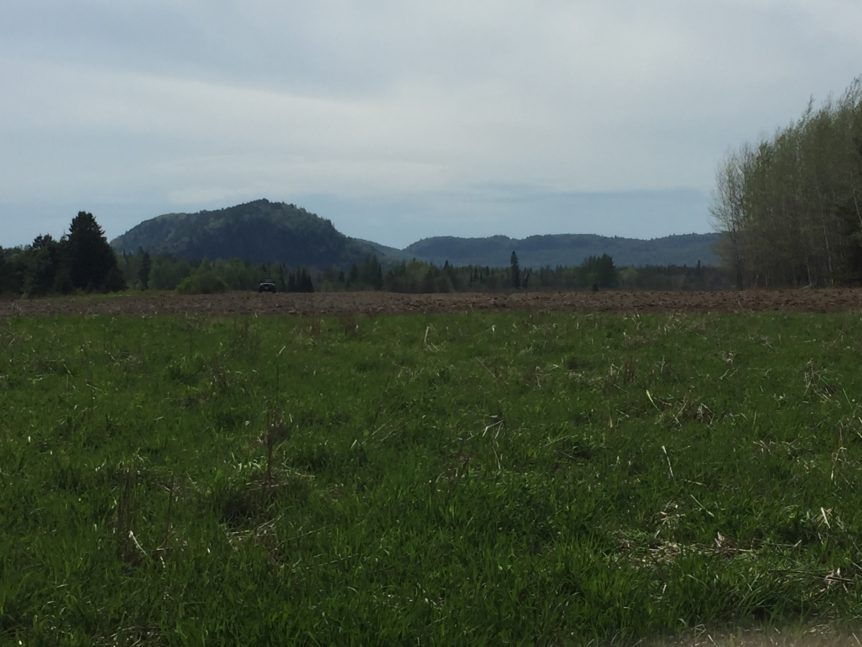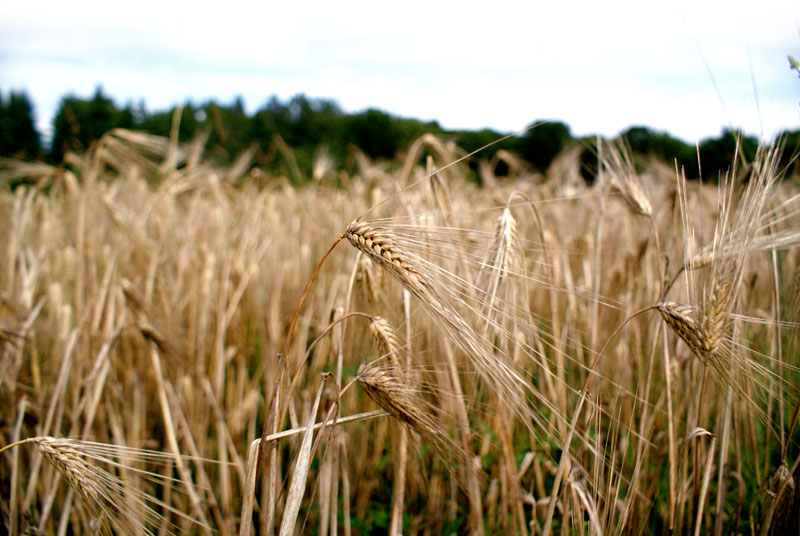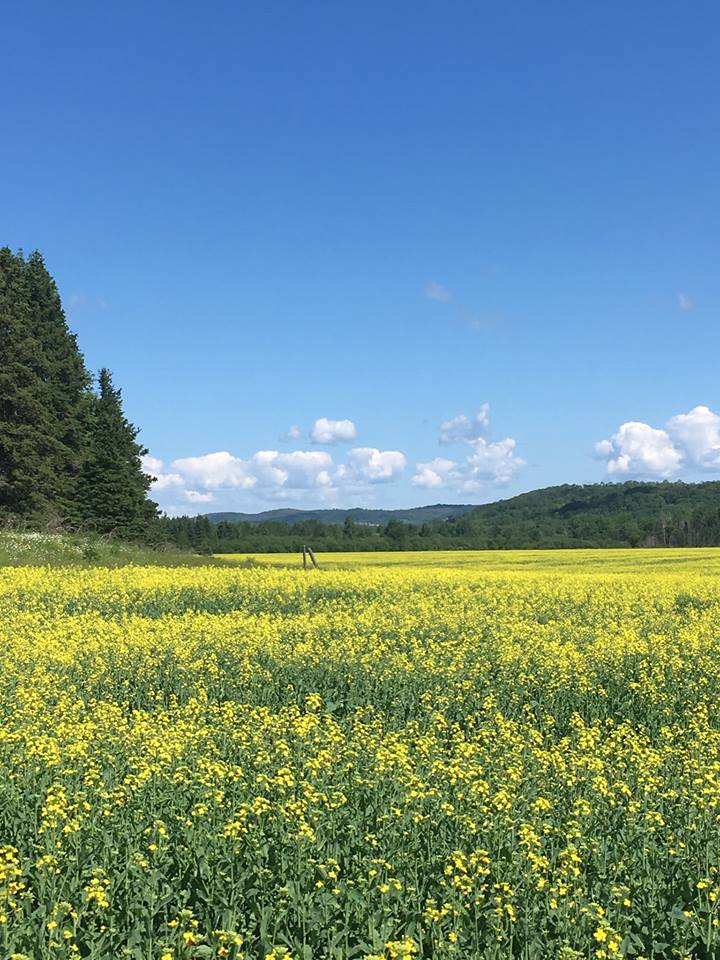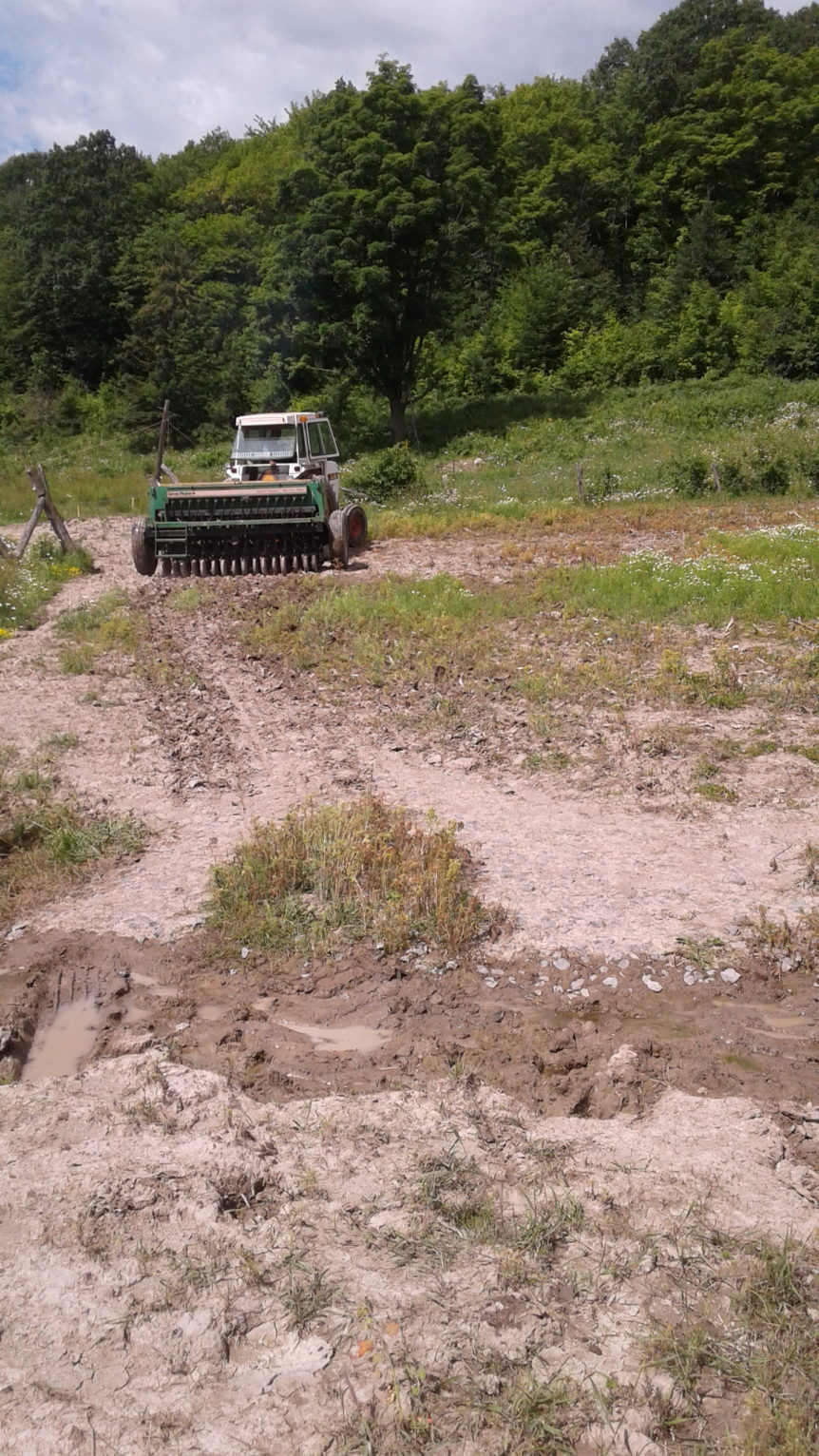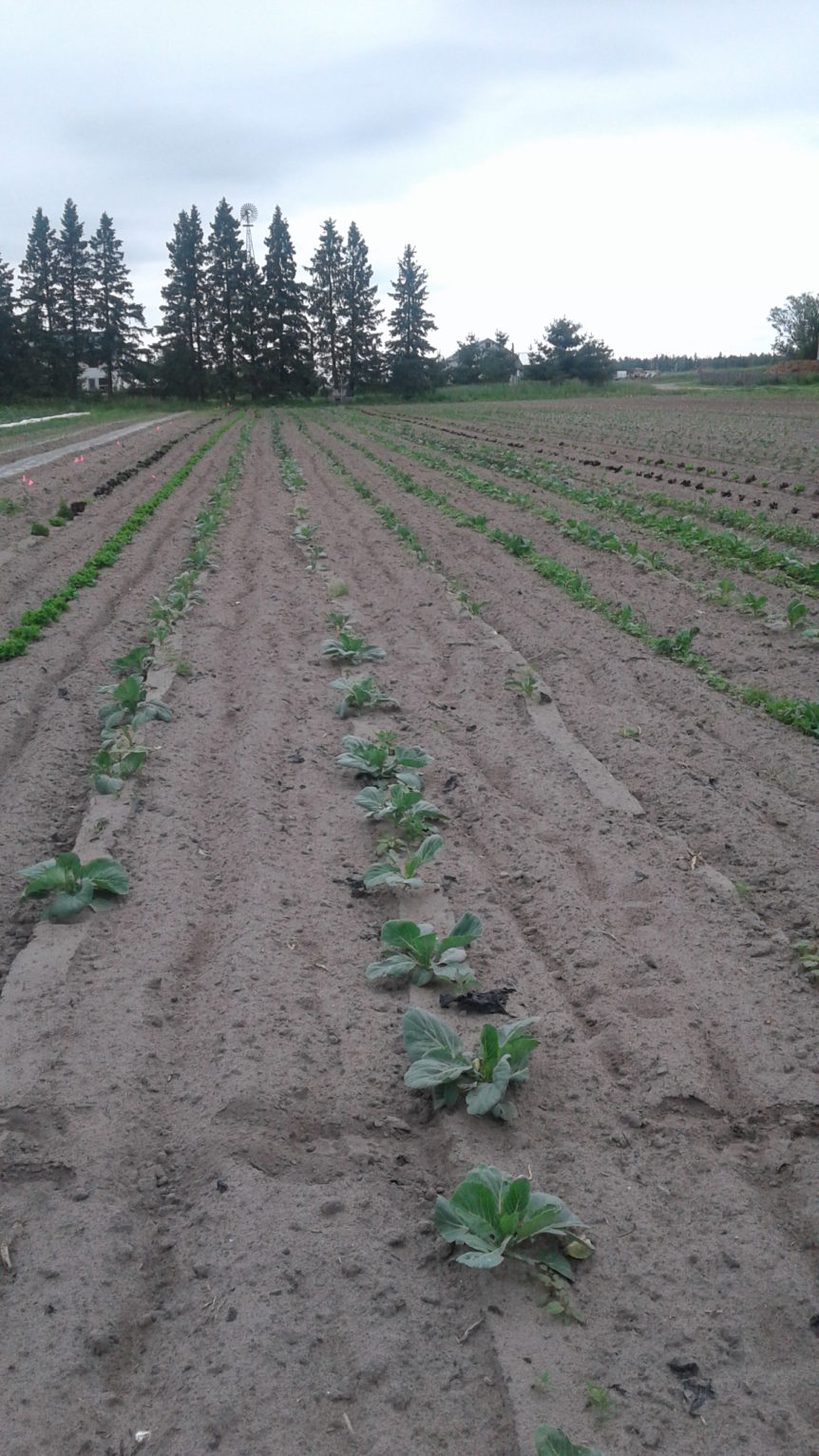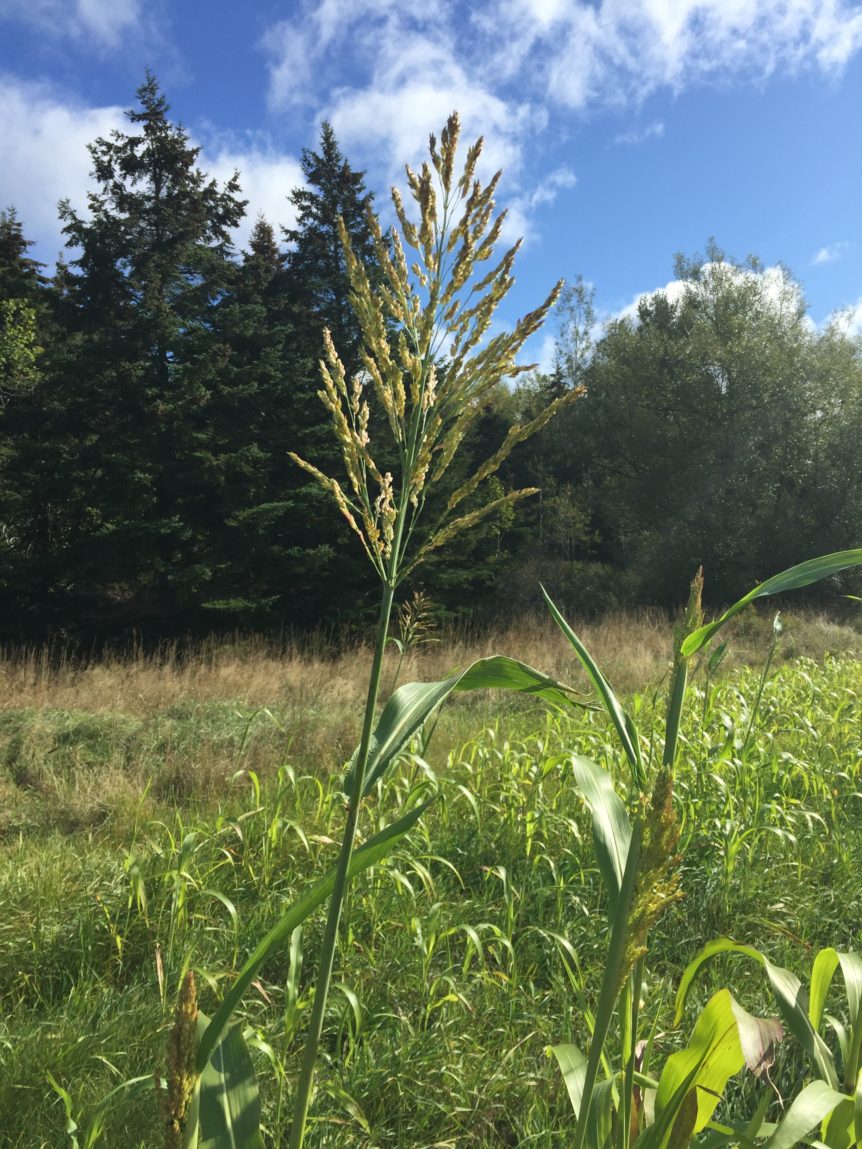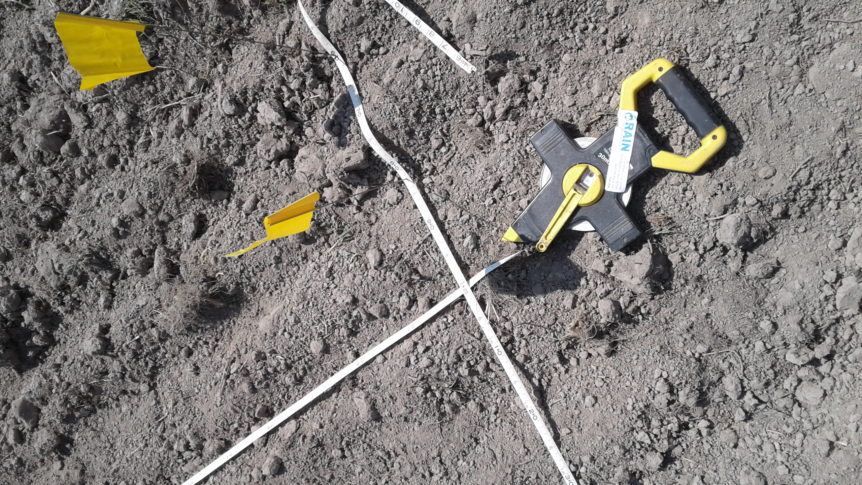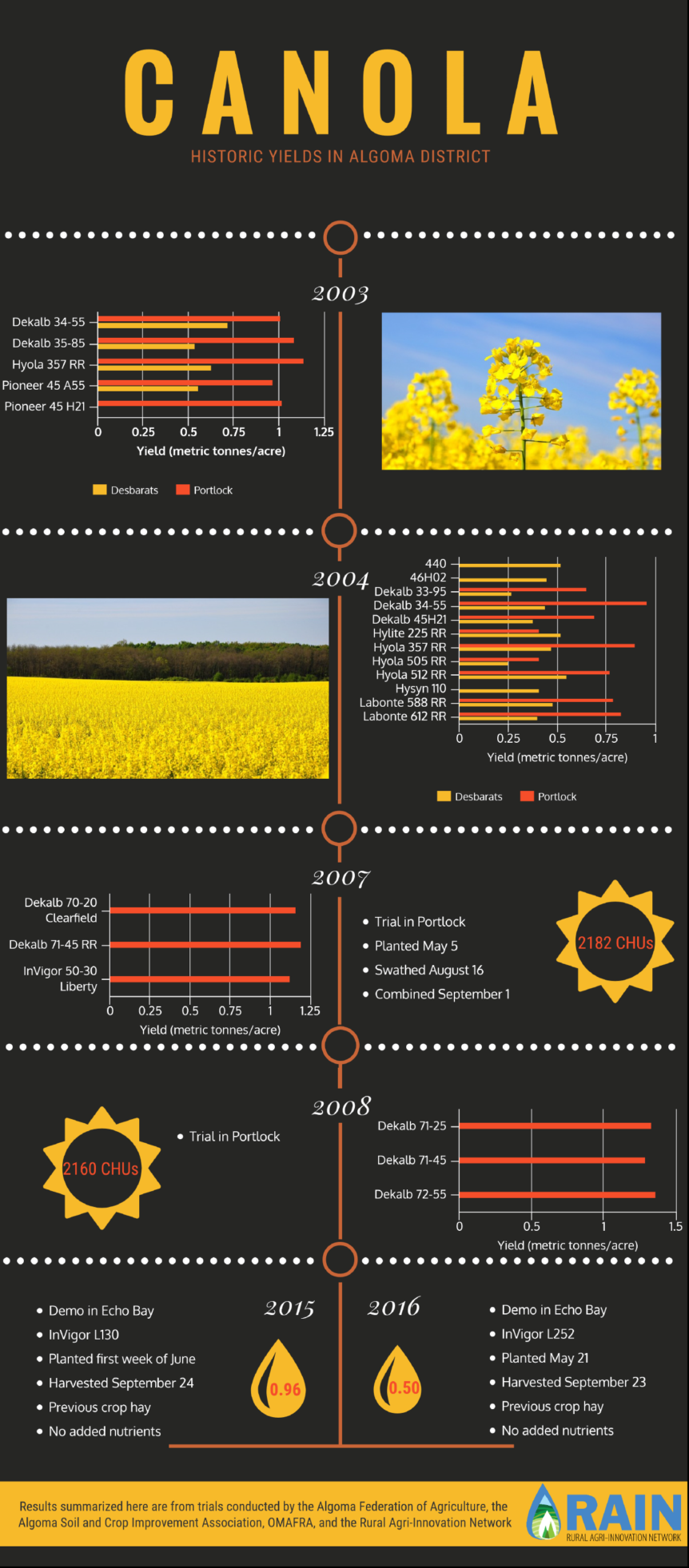A riparian zone is an area next to rivers, streams, lakes, and wetlands which is usually made up of water plants and saturated soils, along with ecosystems associated with these areas. Riparian zones serve the very important role of preventing soil erosion, which improves water quality, benefits fish health, and maintains a sustainable shoreline. Without an established Riparian zone consisting …
Introducing RAIN’s- Galega Trial
Galega (Galega orientalis) is a relatively new, perennial forage which has origins between Europe and Asia and is currently imported into Canada from Scandinavia. The legume has the potential to rival the alfalfa currently being grown in Ontario as a forage crop in both yield and protein content. Its earlier growing time in the spring allows for Galega to better …
Introducing RAIN’s- Alternative Legumes Project
Alfalfa is commonly grown as a forage crop in Ontario, but due to its sensitivity to wet and cold conditions it may not be the most suited to our Northern Ontario climate. By evaluating how alternative perennial legumes perform in Northern Ontario in comparison to alfalfa we can find the forage that best suits the needs of our local farmers, …
Introducing RAIN’s- Malting Barley Variety Trial
In recent years there has been a large increase in the number of craft breweries in Ontario, and as such the demand for malting barley in the country has increased. Currently the majority of the malted barley used in Ontario is being produced in Western Canada but recently the Canadian Malting Company has been taking interest in Northern Ontario’s grain …
Sulphur Fertilization- Canola
Since the 1850s, air pollution provided enough sulphur for crop production in Ontario, except in the northwest. Since the world has been decreasing industrial pollution, some plants may need sulphur as a fertilizer. Ontario does not have a recommendation for sulphur application. Since brassicas are a group of non-leguminous crop that have a high sulphur demand and grow well in …
Sulphur Rates on Forage Brassica Mix
Since the 1850s, air pollution provided enough sulphur for crop production in Ontario, except in the northwest. As the world has been decreasing industrial pollution, some plants may need sulphur as a fertilizer. Ontario does not have a recommendation for sulphur application. Since brassicas are a group of non-leguminous crops that have a high sulphur demand and grow well …
Sulphur Fertilization on Brassica Vegetables
Since the 1850s, air pollution provided enough sulphur for crop production in Ontario, except in the northwest. As the world has been decreasing industrial pollution, some plants may need sulphur as a fertilizer. Ontario does not have a recommendation for sulphur application. Since brassicas are a group of non-leguminous crop that have a high sulphur demand and grow well in …
Nitrogen Rates on Forage Sorghum
Local experience in the Algoma District has indicated that satisfactory yields from forage sorghum can be obtained using less nitrogen fertilizer than recommended, or none at all. This project was to determine experimentally whether it is economical to apply nitrogen fertilizer to forage sorghum at the rate currently recommended. This project was completed at Algoma Community Pastures, where four blocks …
Updates from RAIN’s #plant17
by Christine O’Reilly, Research Technician It’s spring in Algoma, and that means that RAIN’s field staff are trying to get new projects into the ground. We have three research projects and a crop demonstration to plant on ten different sites across the district. We’ve got a good start on two of these. Our Cross-seeding Forages Project is evaluating different ways …
Canola – Historic Yields in Algoma District
PDF Download
